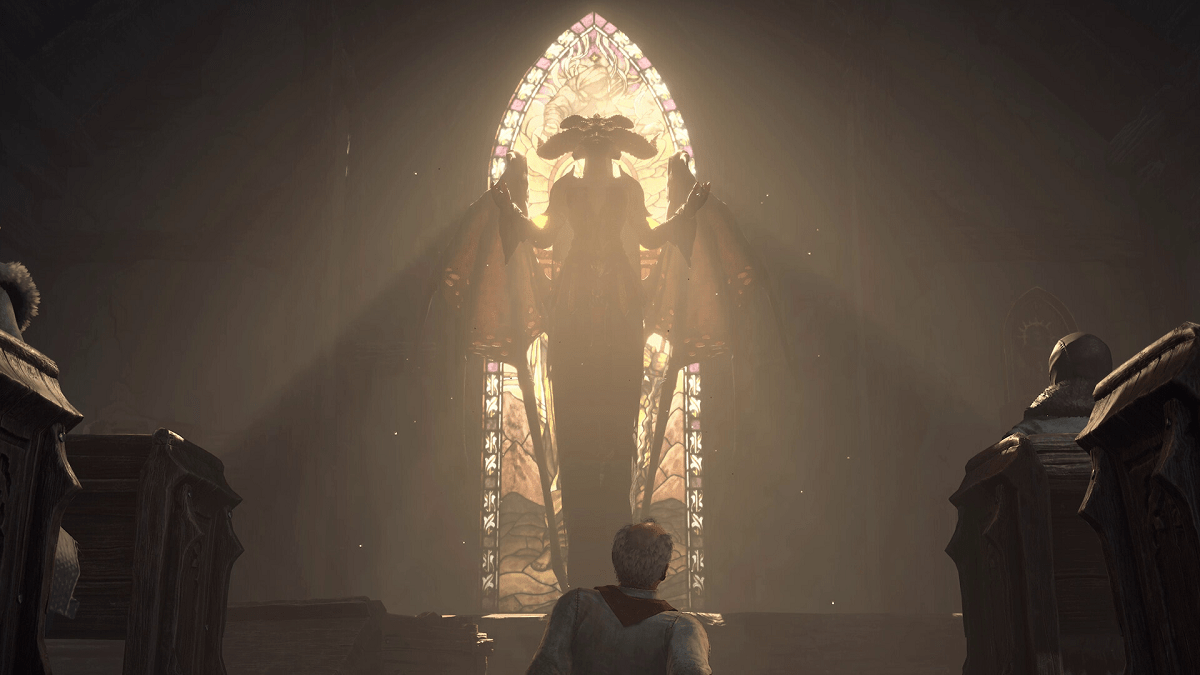A nice port (get it?)
Atlus is one hell of a company. Following up on its success with the Persona, Shin Megami Tensei, and Etrian Odyssey series, the publisher decided to release a little old game about climbing blocks in a nightmarish hellscape and navigating (sometimes hellish) relationships.
Catherine is just as good now as it was in 2011. The question is whether or not the new “Full Body” additions are worth double-dipping for.

Catherine: Full Body (PS4 [reviewed], Vita (Japan only)
Developer: Atlus (Studio Zero)
Publisher: Atlus
Released: February 14, 2019 (Japan), September 3, 2019 (WW)
MSRP: $59.99
Catherine: Full Body is basically a beefed-up, touched-up version of the original. Before I begin it’s important to note that this release is $60, and the PS3 version can be purchased for around $15 new, even less used. Catherine Classic is on Steam for $20. Now I know a lot of you don’t own a PS3 or game on PC, but I thought I’d point that out: you can decide if it’s worth the difference by the time this review is over.
More cutscenes, more characters, more music, more levels, more multiplayer pretty much describes Full Body to a tee. There’s more concessions for a lowered bar of entry with accessibility options, which don’t shame the player and still offer up the chance to fully experience the story (with in-game toggles if you just need help on a more difficult part). Wait, puzzles? Yeah, this relationship simulator has puzzles: lots of them!
You step into the shoes of Vincent: a 32-something man in a relationship who wakes up in bed with another woman near the beginning of the narrative. Vincent’s efficacy as a character and as a metaphor for commitment have been debated over the course of the last seven years; but I think the Catherine team is capable of striking real, poignant, and relatable chords throughout the story.
That’s partly because there isn’t any real meat on Catherine‘s bones. Most of the narrative parts take place in a divey bar, complete with a dedicated drink button, the ability to chat with patrons and friends, and answer text messages from your potential relationships (the count is upped from two to three in Full Body with Rin). Occasionally you’ll get the chance to make major choices that impact the story and converge into one of the (now) 13 endings. It’s a unique-as-hell game, dotted with subtle and obvious symbolism for responsibility and adherence to the past.
To help facilitate the new story, more anime cutscenes have been added, and the touched-up visual style looks somewhere around the neighborhood of a remaster. It’s not like cutting-edge graphics really serve to enhance a game like this that’s mostly spent in menus or staring at dialogue boxes, but some of the game’s more sanctified puzzle arena backgrounds do look markedly improved.
As was always the case, the narrative can be hit or miss. Rin is an interesting character at first, but some of the choices for her story end up not really following through. With that said, she doesn’t feel tacked-on at all: like she always meant to be there, and even influences gameplay slightly with her piano-playing skills. Honestly, I’m in it more for the puzzle aspect, and this timeless formula still delivers.
Ah, so on those elusive puzzle bits! Imagine Q*bert on crack and you’ll have the basic gist down. Each evening Vincent is thrust into a “Nightmare,” a series of vertical labyrinths stacked on high with cubes. With a simple control scheme in hand (movement, one button to pull/push blocks, and a sparing power-up press) you’ll need to grab blocks and climb your way to the top to avoid falling to your doom or getting eaten by a monstrosity (which serve as the level series bookend boss fights). When you hit the top Vincent will wake up, have another living nightmare of a day, then go back at it until he discovers why this is happening.
Given the unique rule sets of the block physics and the sheer number of different types strewn about the game, there are frequently multiple ways to solve each tower. The action is also well-paced, as there is a sense of urgency to it all, but in a contained way that doesn’t turn Catherine into a button-masher. It’s incredible how well this idea holds up eight years later, and how much it forces you to think out of the box: some of the later puzzles are more delightfully devilish than Seymour Skinner. The same goes for the bite-sized in-universe arcade game Super Rapunzel, which apes the main cube concept.

Perhaps the most long-lasting Full Body feature is multiplayer. In case you haven’t noticed, Catherine is basically played as a fighting game at many FGC events. Multiplayer is online-enabled and immediately available (without having to finish the campaign once), with new stages to boot. Local play is also in with the chance to play co-op or versus, the former of which informs the overarching universe of the game with more lore bits. It’s the kind of old-school flair you’d expect from Atlus, and with more levels, it’s just as resplendent as it was in the original version.
Catherine: Fully Body contains many of the blemishes from the original but doubles down on the amount of puzzles, which is a net gain. If you already had your fill though, you may as well catch up on some of the new endings and call it a day.
[This review is based on a retail build of the game provided by the publisher.]





Published: Sep 7, 2019 03:42 pm